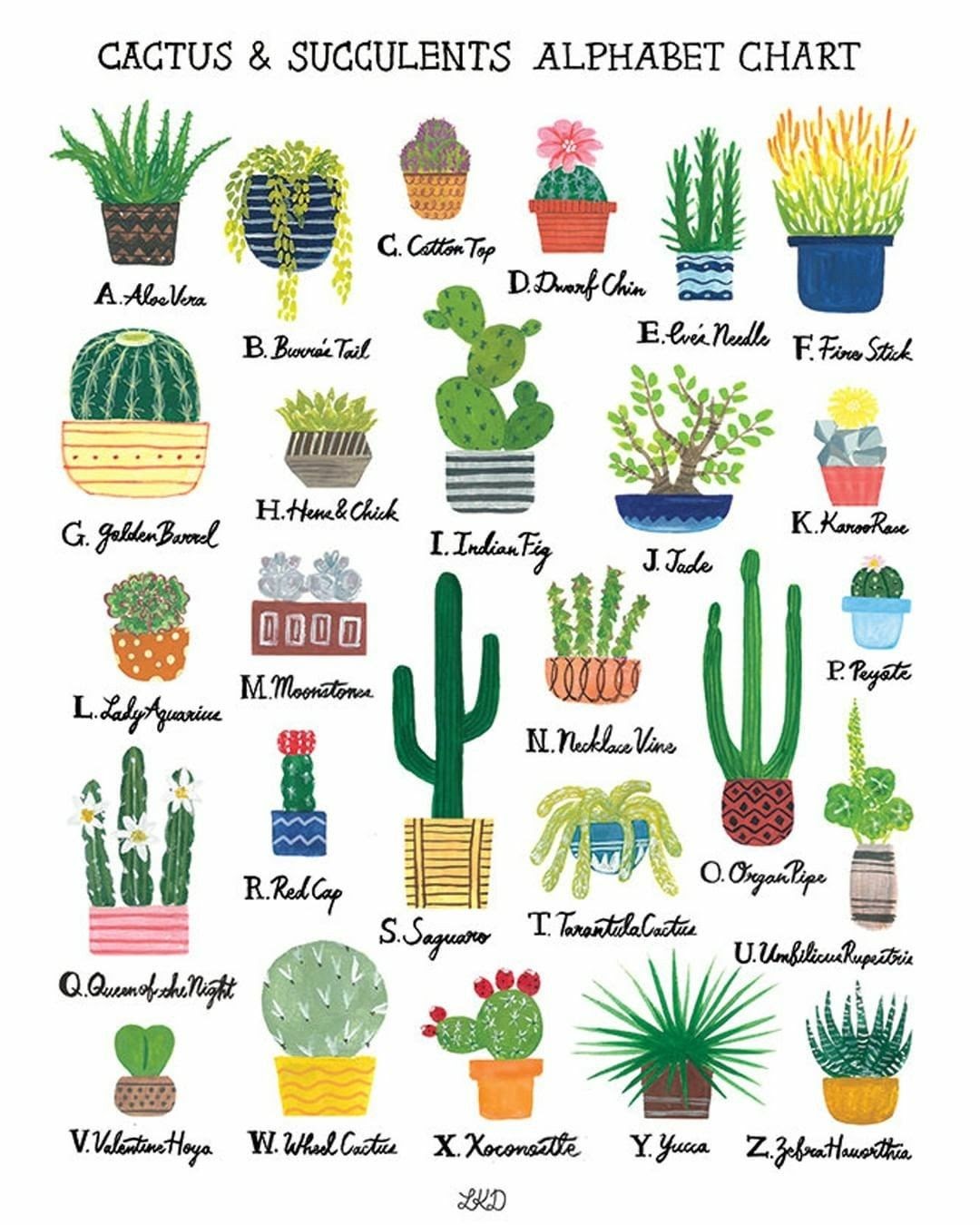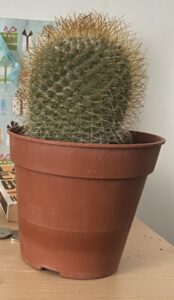Succulent Cactus House Plants: The Best Succulent and Cactus Plants for Indoor Spaces
When it comes to transforming your living environment into a verdant oasis, few plant categories are as appealing and practical as succulent cactus houseplants. These fascinating species exemplify resilience and beauty, offering unique embellishments for any indoor space. Their low-maintenance care and striking aesthetic make them superb additions to both novice and seasoned plant enthusiasts alike. This article delves into the best succulent and cactus species that thrive indoors, providing guidance and insights on selection and care.
Understanding Cacti and Succulents
Before delving into specific types of succulent cacti suitable for indoor spaces, it’s crucial to understand the fundamental characteristics that distinguish these remarkable plants. Cacti are a specific subgroup of the family Cactaceae, largely native to the Americas, and are characterized by their thick, fleshy tissues adapted for storing water. Conversely, succulents encompass a broader range of plants that hold substantial moisture in their leaves, stems, or roots, spanning various families beyond cacti.
Many of these plants boast striking forms and textures, making them ideal for home decor. With their quirky silhouettes and vibrant colors, they enhance aesthetic appeal while promoting a tranquil ambiance. Furthermore, their natural resilience makes them adaptable to varying indoor conditions, appealing to those with busy lifestyles.
Optimal Succulent Cacti for Indoor Environments
A wide array of succulent cacti is well-suited for indoor gardening. Some notable examples include:
Haworthia
Haworthia species are a quintessential choice for indoor gardeners, renowned for their rosette shapes and thick, fleshy leaves adorned with interesting patterns. They thrive in low-light conditions and can tolerate drought for extended periods. Their ability to flourish in various temperatures makes them ideal for homes, particularly in sunny windowsills or desks with indirect light.
Aside from their visual appeal, Haworthia is also relatively pest-resistant. Ensure to plant them in a well-draining soil mix, preferably one tailored for succulents, to prevent root rot. Their compact sizes allow for creative arrangements in terrariums as well.
Christmas Cactus (Schlumbergera)
Unlike typical cacti, the Christmas cactus blooms profusely, showcasing vibrant pink, red, or white flowers during winter months. With its segmented, drooping stems, this plant adds a touch of grace and festivity to indoor spaces. The Christmas cactus thrives in bright, indirect light and requires more moisture than traditional desert cacti, making it a fascinating twist in the cacti genre.
To cultivate a healthy Christmas cactus, provide it with a balanced fertilizer during the growing season. It appreciates occasional watering but avoid over-saturation to maintain optimal health. This unique feature of blooming during a less vibrant season allows for indoor plant enthusiasts to appreciate biodiversity throughout the year.
Barrel Cactus (Ferocactus)
For those seeking a more striking appearance, barrel cacti are a fantastic option. These globular beauties can grow quite large and often feature spikes that create a dramatic effect in indoor settings. Their striking yellow or orange flowers bloom at the crown, providing bursts of color and attracting pollinators in natural habitats.
Though barrel cacti prefer full sun exposure, they readily adapt to indoor conditions if provided with ample light. Ensure they are potted in coarse, sandy soil to allow for excellent drainage. Their robust nature makes them a popular choice for beginners and those looking to add eye-catching elements to their interior design schemes.
Care Guidelines for Indoor Succulent Cacti
Cultivating healthy succulent cacti requires an understanding of their care and maintenance. Here are some essential tips:
Soil Selection
Choosing the right soil is paramount. Opt for a well-draining mix specifically designed for cacti and succulents. These blends typically incorporate coarse sand or perlite to enhance aeration and moisture control.
Lighting Conditions
Most succulent cacti flourish in bright indirect sunlight, while a handful prefers direct sunlight. Observe the conditions in your home before selecting a plant. Rotate them occasionally to ensure even growth and avoid lean or leggy appearances.
Watering Regimen
Establish a disciplined watering schedule. Allow the soil to dry thoroughly between water applications, as overwatering is a common pitfall in succulent care. Typically, watering every two weeks during the growing season works well, tapering off in the dormant winter months. Always ensure pots have drainage holes to prevent excess moisture accumulation.
Temperature and Humidity
Indoor succulents generally prefer temperatures between 65-80°F (18-27°C) during the day and can handle nighttime temperature dips. While they can tolerate dry conditions, excessively high humidity can be detrimental, particularly for species like the Christmas cactus. A consistent temperature range will ensure their vitality and ongoing growth.
Conclusion
Incorporating succulent cactus houseplants into your indoor environment adds both aesthetic beauty and a sense of tranquility. With their diverse forms, vibrant colors, and low-maintenance qualities, these plants enable even the most inexperienced gardener to cultivate an environment filled with life. By selecting appropriate species and adhering to caring guidelines, indoor gardens can flourish year-round, providing joy and enhancing the overall ambiance of living spaces.





Leave a Comment